Miele W1918 gets W770 heart transplant
turbonium
15 years ago
Related Stories
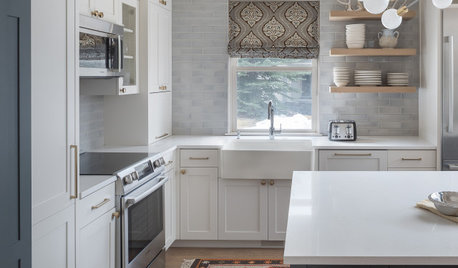
ORGANIZING7-Day Plan: Get a Spotless, Beautifully Organized Kitchen
Our weeklong plan will help you get your kitchen spick-and-span from top to bottom
Full Story
KIDS’ SPACESOh, Baby! 12 Ideas to Get a Chic Nursery Rolling
Nest to your heart's content with these starting points for gorgeous nursery designs
Full Story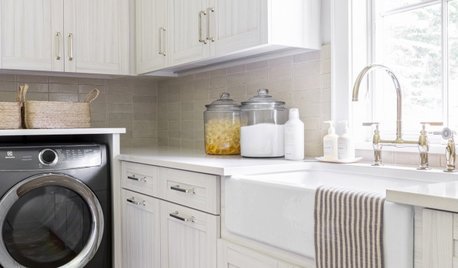
LAUNDRY ROOMS7-Day Plan: Get a Spotless, Beautifully Organized Laundry Room
Get your laundry area in shape to make washday more pleasant and convenient
Full Story
SAVING WATERXeriscape Gardens: How to Get a Beautiful Landscape With Less Water
Conserve water and make gardening much easier with the xeriscape approach’s 7 principles
Full Story
HOUSEPLANTSMeet a Long-Lasting Houseplant With a Forgiving Heart
Low light and little watering won't scar Zee Zee plant for life; this East Africa native has a tolerant nature and an exotic beauty
Full Story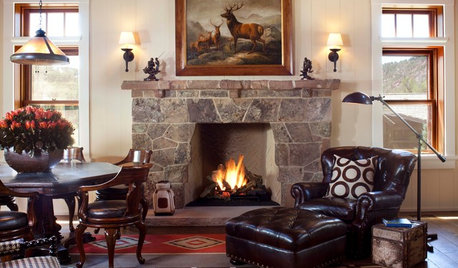
HOUZZ TV FAVORITESHouzz TV: Flickering Virtual Fireplaces to Warm Your Heart
Sit back and enjoy a crackling fire set to seasonal music and surrounded by ideas for your own dream living room
Full Story
HOUZZ TOURSMy Houzz: An Animated Home for Kids — and Kids at Heart
A creative couple make a bold statement with color and clever design
Full Story
KITCHEN DESIGNJulia Child's Childhood Kitchen Gets a Makeover
Drop in on the California kitchen that may have influenced a legend, now remodeled for a next-generation cooking and entertaining enthusiast
Full Story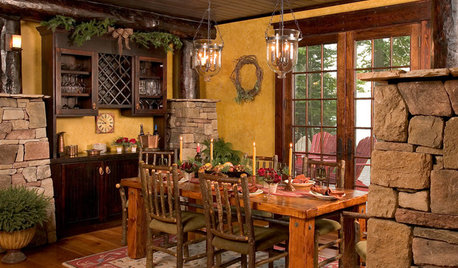
VACATION HOMES10 Ways to Get the Rustic Cabin Look
The homespun charm of your childhood cabin can translate to your home today with these ideas from an interior designer
Full Story
DECORATING GUIDESHow to Get Authentic French Style in Your Home
Move over Shabby Chic and French Provincial. These myths and realities reveal the real look of French decor
Full Story





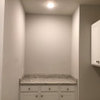
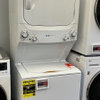
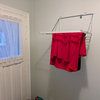
housekeeping
turboniumOriginal Author
Related Professionals
Arcadia Kitchen & Bathroom Designers · Beavercreek Kitchen & Bathroom Designers · Wentzville Kitchen & Bathroom Designers · Glade Hill Kitchen & Bathroom Remodelers · Park Ridge Kitchen & Bathroom Remodelers · Republic Kitchen & Bathroom Remodelers · Livingston Cabinets & Cabinetry · Wadsworth Cabinets & Cabinetry · Warr Acres Cabinets & Cabinetry · Lyndon Custom Closet Designers · Elmhurst Flooring Contractors · Livonia Flooring Contractors · Sun City Flooring Contractors · West Islip Flooring Contractors · Alum Rock Flooring Contractors